Fixed Dimensions
Images with fixed dimensions
images\Nxiangce/35x35/1.jpg
-
Moli-Tropical-Rainforest-Ruili
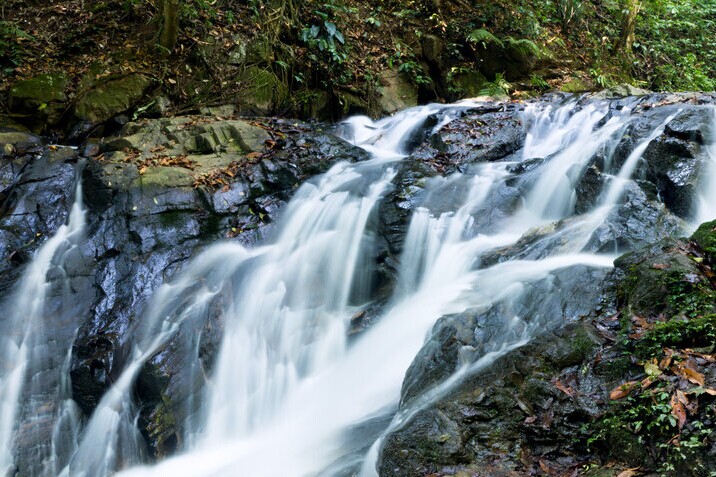
-
Moli-Waterfall-Dehong1
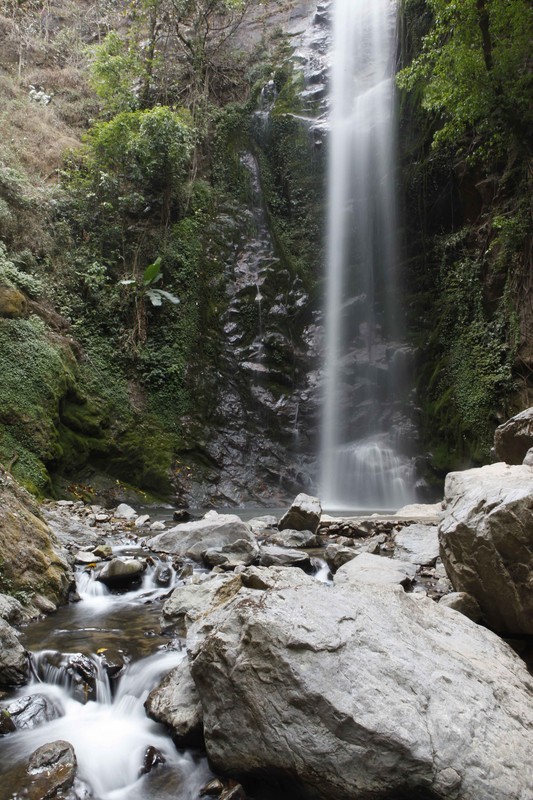
-
Moli-Waterfall-Dehong10
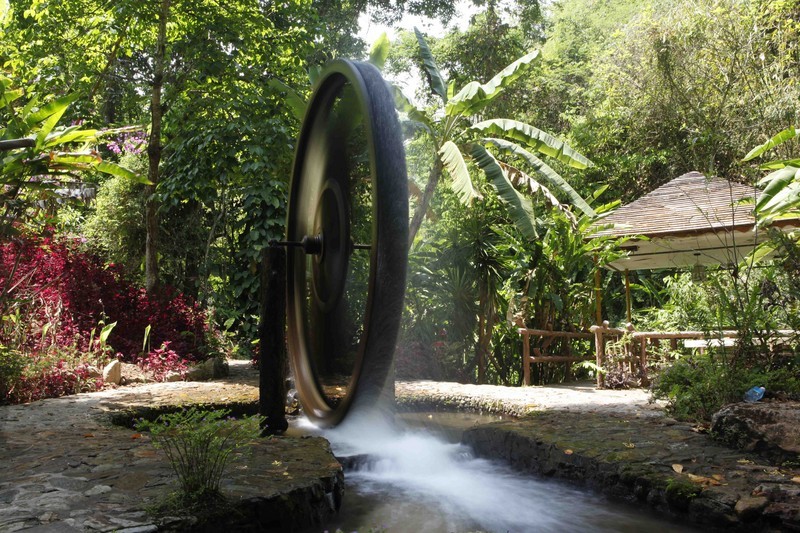
-
Moli-Waterfall-Dehong11
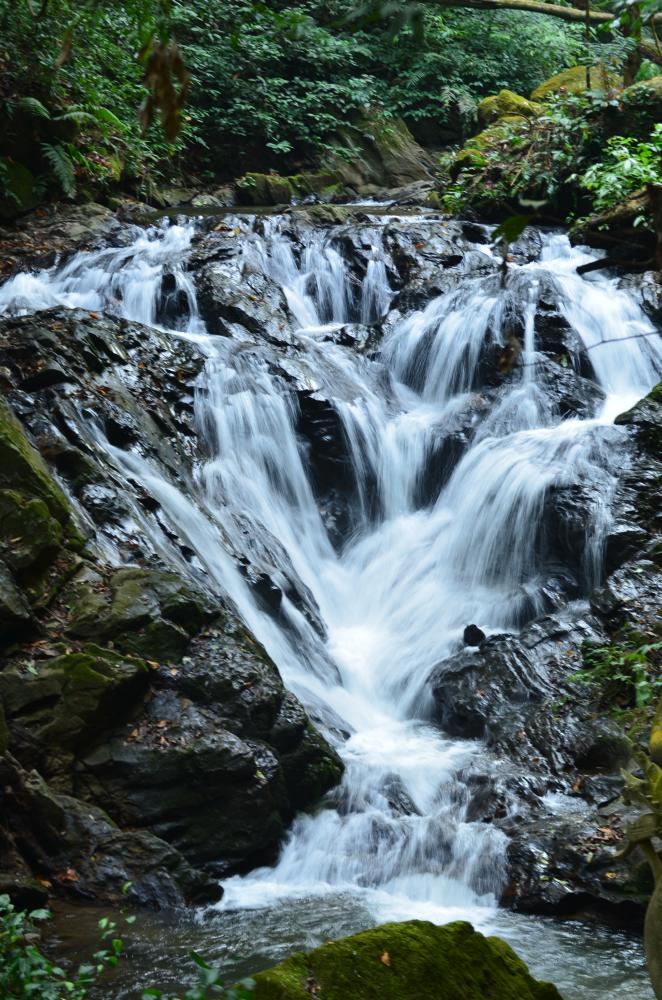
-
Moli-Waterfall-Dehong12
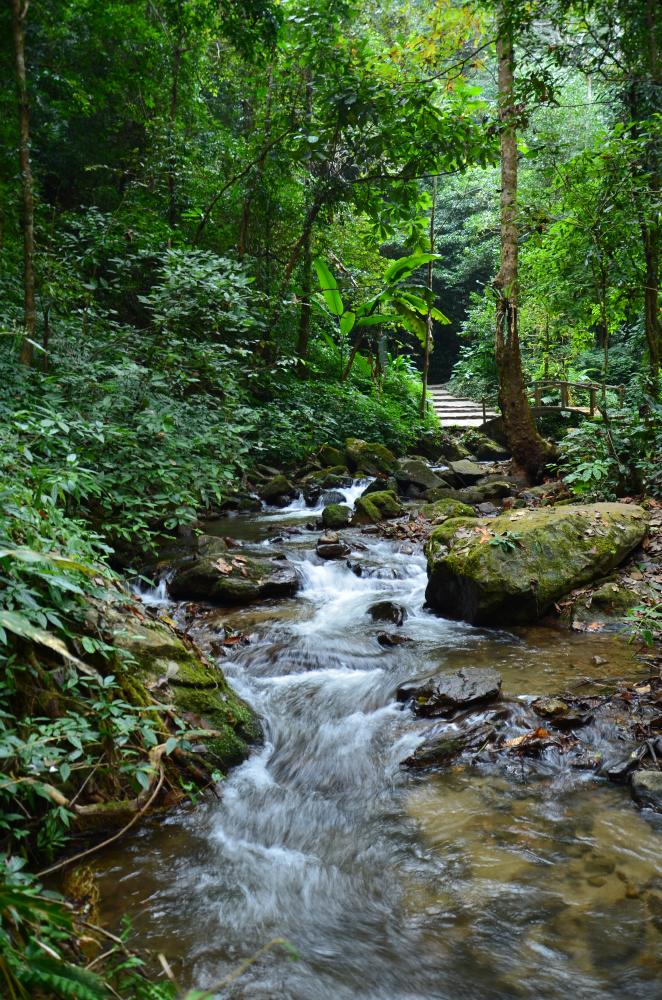
-
Moli-Waterfall-Dehong13
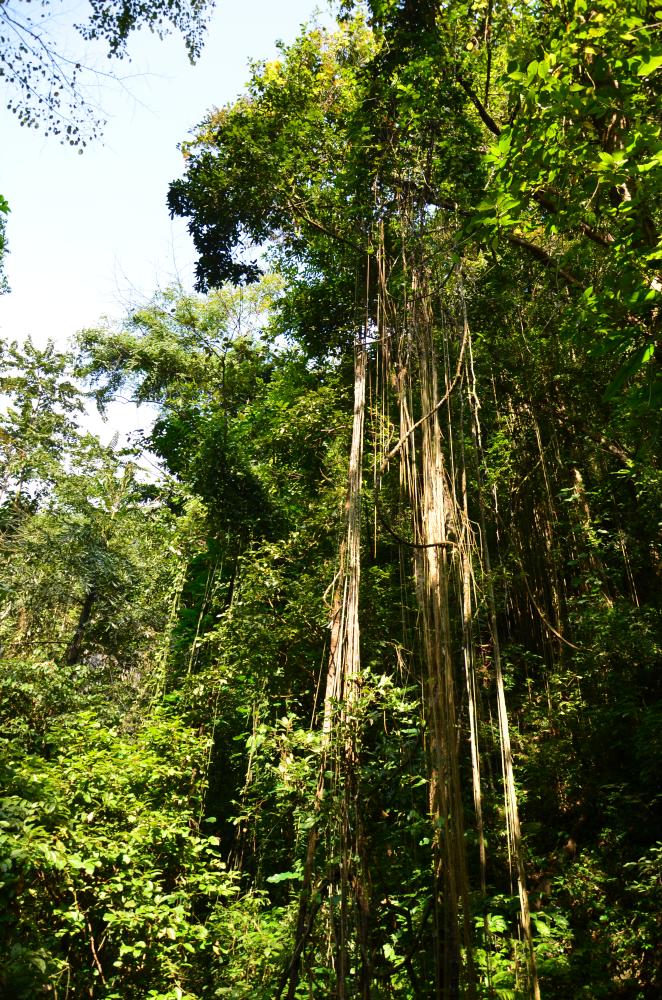
-
Moli-Waterfall-Dehong17
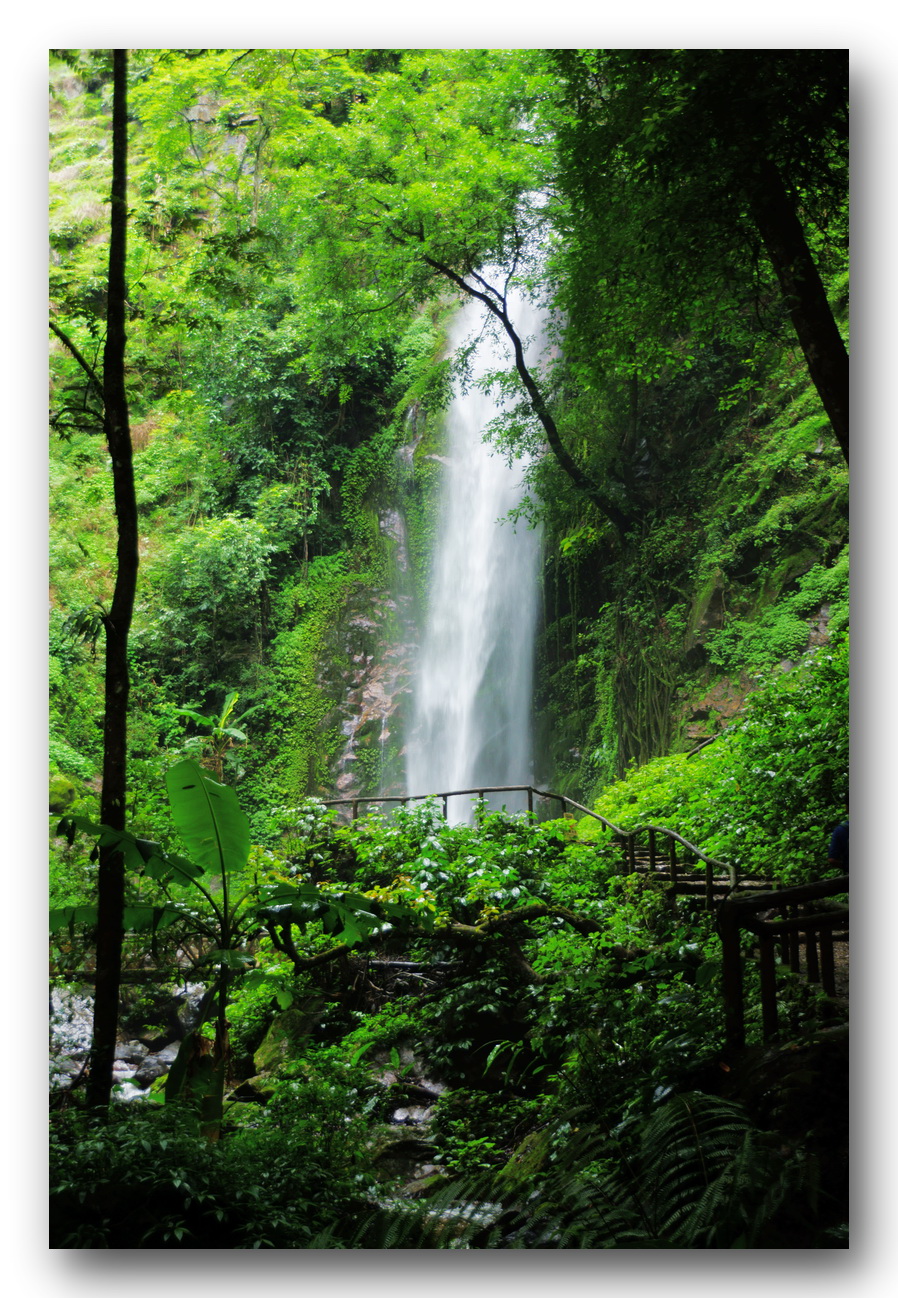
-
Moli-Waterfall-Dehong18
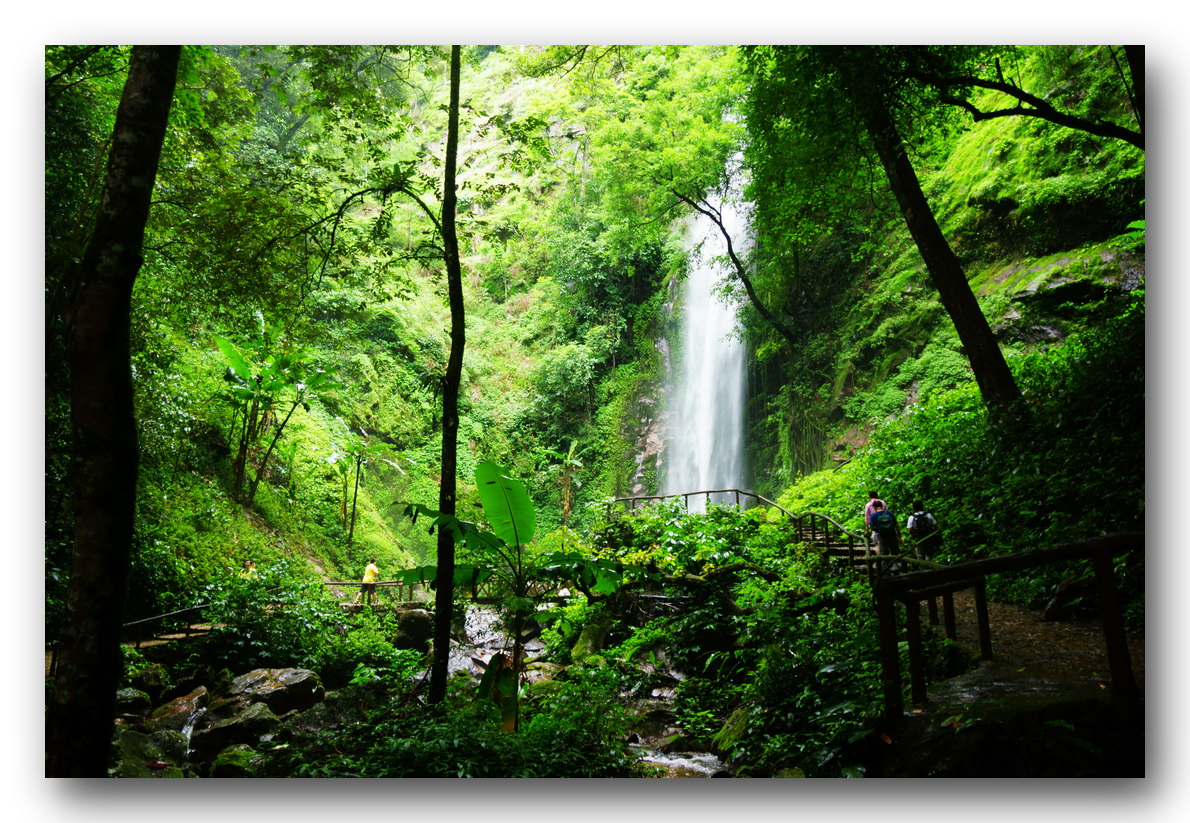
-
Moli-Waterfall-Dehong19
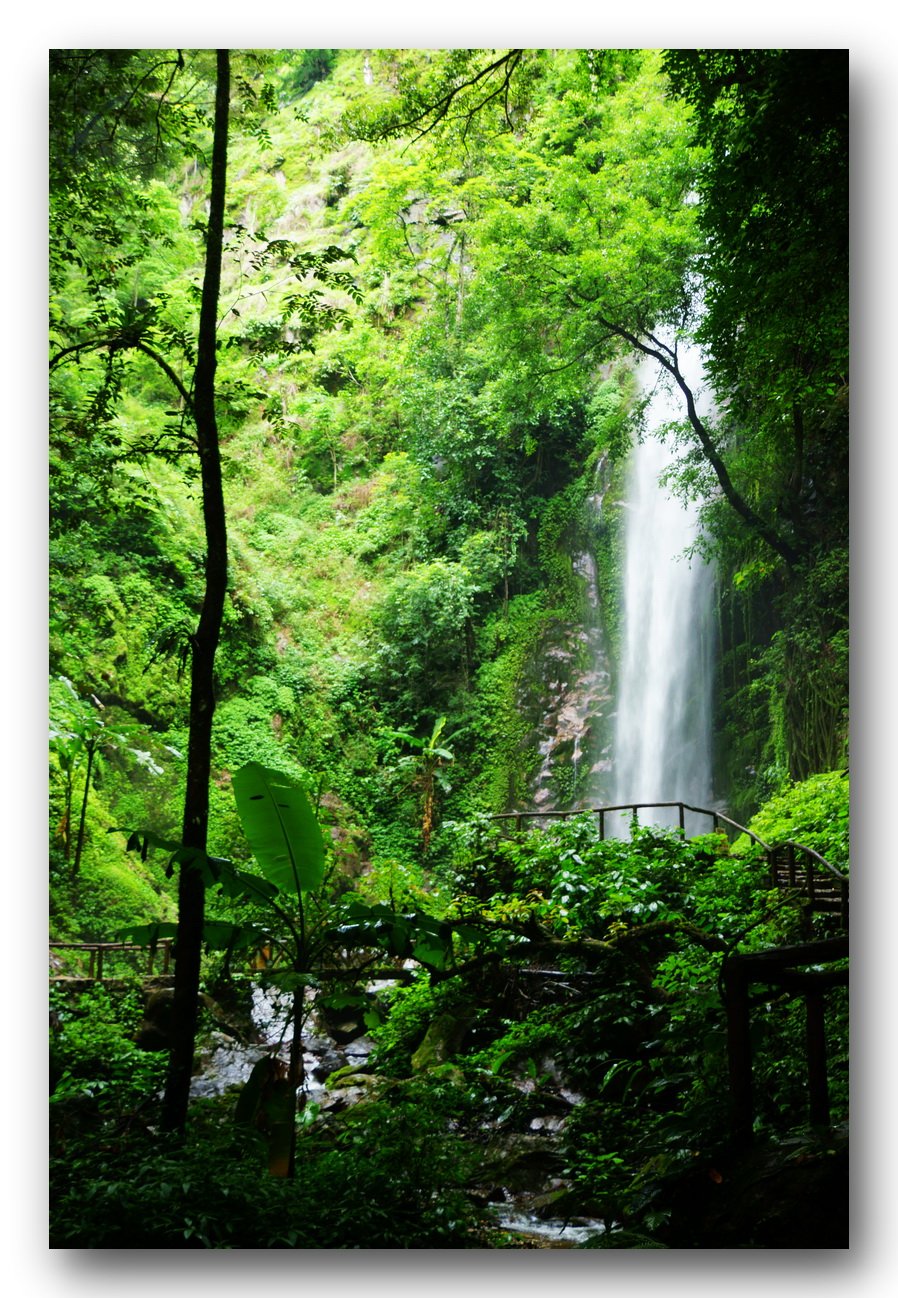
-
Moli-Waterfall-Dehong16
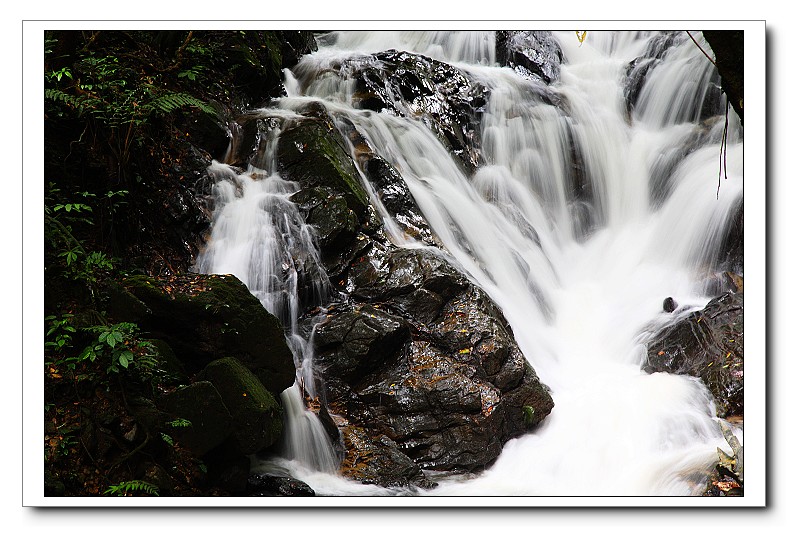
-
Moli-Waterfall-Dehong15
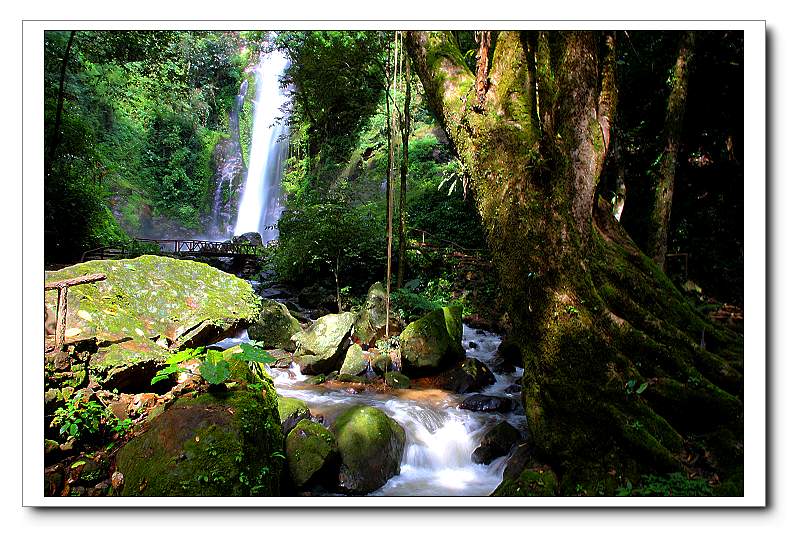
-
Moli-Waterfall-Dehong14
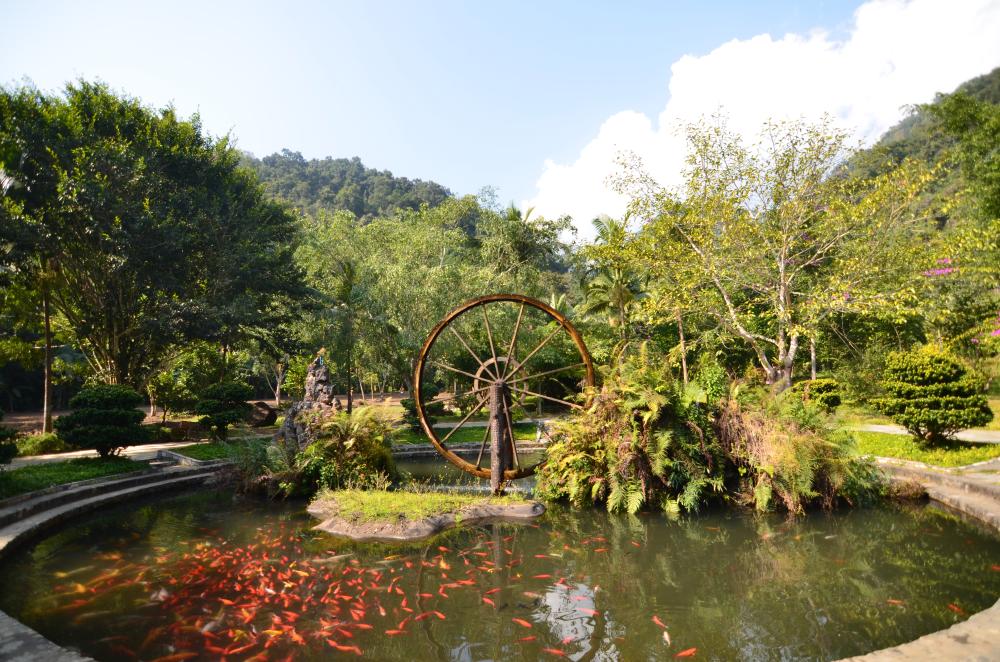
Since 1996, due to Taiwanese merchants’ effort of promotion, Moli's fame has been increasingly spreading. The Moli Tropical Rainforest Eco-tourism Area is in Luxi city, the area between Ruili City and Longchuan County, 5 kilometers to the Northeast of the Wanding Bridge. "Moli" is a word of Dai language, meaning "a beautiful waterfall"; The ancients called it "Zhaduo" in Dai language, meaning "Blind-Canyon"; "Jietuo" in Burmese language; and “Badong” in Bali language or commonly known as "Buddha’s footprints." Its fame comes from Buddhist classics. Moli is a piece of land surrounded by mountains, which has an area of nearly 10 mu. Walking 20 or 30 meters through the door, you see a hot spring pool, stagnant water, clear to see the bottom, moderate temperature. This is hearsay then the wild elephants built baths for the Buddha.
Near the Spa, there were five doddering, and deep-rooted big banyan tree, under which there is a Dai tower pavilion, with a basket-shaped stone inside it. A clear giant footprint of left toe palm was embedded in the rock tilted on the ground inside the pavilion. And this is the circled footprint of the Buddha renowned in South Asia and South-East Asia. The front palm width of the 96 centimeters long footprint is 43 cm, the mid-arch width 33 cm, and the heel width 52 cm. All believers come to offer gold powder for decorating it, making the footprint increasingly lifelike. A lot of candle lights and incense are on. And behind the pavilion is the Big Buddha Temple, where many more followers are present on Buddhist festivals.
According to some classics like “Zhaozha Suiduota” meaning the experience of Sakyamuni, the 37th year when the Buddha became a monk, he came to Zhaduo to train some elephants. And in the classic of “Botabadong huandingpala” which means “Buddha and Zhaduo”, writes as follows: the Buddha was preaching at Leizangxiang (today’s Mongyue Buddhist Temple in Ruili). His disciples had heated and bickering academic debates because of the different classics they refer to. Buddha tried in vain to mediate and solve the conflicts, and fled in anger to preach and practice evangelism in Zhaduo Cave alone.
Two months later, the Buddha domesticated some wild elephants. Elephants worried in winter Buddha would have cold bath and catch some diseases, and they dug a pond with their crowbar delicate teeth, and found firewood and made fire to heat Stones and then dumped them into cold water to heat it up.
Since the departure of Buddha, people refused offering supplies to support monks. Thus a starving happened and only through reconciliation, could the Buddha's cousin, be on behalf of the temple to invite the Buddha back to Temple. After listening to the cousin’s complaints in tears, Buddha decided to immediately return to the temple. Elephants reluctantly saw him off in sadness. The Buddha, therefore, said to the elephants: "I have disciples in crisis, I must go. I owe you elephants much and I won’t forget. I’ll leave something to you for memory so that you can see me everyday." Saying this, Buddha stamped the footprint in the rock.
In 1949, the reconstruction of Zhaduo Buddhist temple by Zhefang Chieftain, and a senior Presbytery of Jingpo was invited to host the ceremony. Later, the monks got killed temple fallen down. In 1985, the Religious Studies Committee of the United Front Work Department of Dehong Prefecture funded repairing the relic sites.
In 1987, believers of Sino-Burma border raised funds and built booths to protect the shrines.
One kilometer to the northeast of Buddha Footprint, there is a strip of rubber forest, and a cavern, which can accommodate more than 100 people, and the legend of Buddha practicing Buddhism goes from here.
To the west of Buddha Footprints, across the wooden bridge, and pass the colorful triangle plum flowers and then enter the valley covered by thick forests. Running along westward mountain stream, thousands of species of tropical and subtropical plants are ever green hiding the sky; you may take the century-old cane as a swing or hammock; you may take parasitic tree as a "competitor", and they are quietly contesting; you may take the Millennium old fern and the ancient fossil years as a thick textbook......
In the steep mountains the creeks are just like rolling dragons, like a group of animals lost among the towering rampant rocks, tortuous river and clear and rapid water, one after another the sprays are pouring out just like white clouds, sometimes calm, sometimes noisy ...... forming a lot of risky landscape, and appealing people just like a piece of music.
Feeling through the dark rain forest for about 4 km, you hear roaring sounds not far from the streams and you are getting close to the end of the Canyon. The sounds are as big as thunder and a wonderful vision is suddenly revealed to you, the giant cliff walls, the confrontation between the two peaks called Guangnong Hills and Guangma Hills...... a splendid sight come to eyes from the top of a valley 60 meters high above. This is the spectacular waterfall of Moli.
There live Dai, Jingpo, Achang, Lisu tribe, De'ang, and other minorities in Dehong, which is the main habitat of Jingpo, De'ang and Achang peoples. Minority of Dehong have unique ethnic customs, sightseeing, tasting ethnic restaurants, celebrating festivals of the nation, to experience the original ecosystem and tourism which has enormous temptation to tourists. Tourists can be taken abroad, to Myanmar for viewing scenery, taste exotic cultures. Dehong has the tour glory and the long-term prospects.

-
Summary
Chongqing-Guiyang-Panxian-Kunming-Chuxiong-Yunnanyi-Dali-Baoshan-Longling-Tengchong-Mangshi-Ruili
Summary
US$0
-
Summary
Kunming-Shangrila-Lijiang-Dali-Baoshan-Tengchong-Ruili-Muse-Laoshio-Mandalay-Sagaing-Bagan-Yangon
Summary
US$816
-
Summary
Kunming-Shangrila→Deqin→Shangrila→Lijiang→Dali→Liuku→Gongshan→Bingzhongluo→Tenchong→Ruili→Mangshi
Summary
US$0
-
Summary
Kunming-Shangrila→Lijiang→Dali→Baoshan→Tengchong→Yingjiang→Longchuan
Summary
US$40
-
Summary
Kunming-Dali-Binchuan-Lijiang-Jianchuan-Baoshan-Tengchong-Longchuan-Ruili-Mangshi
Summary
US$40


